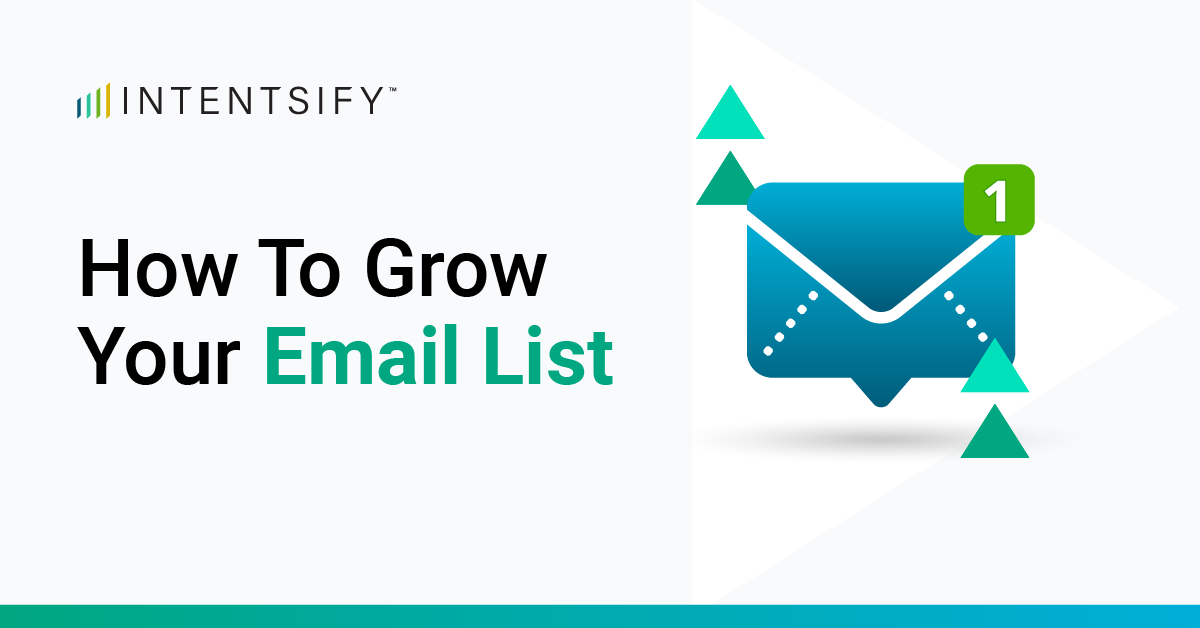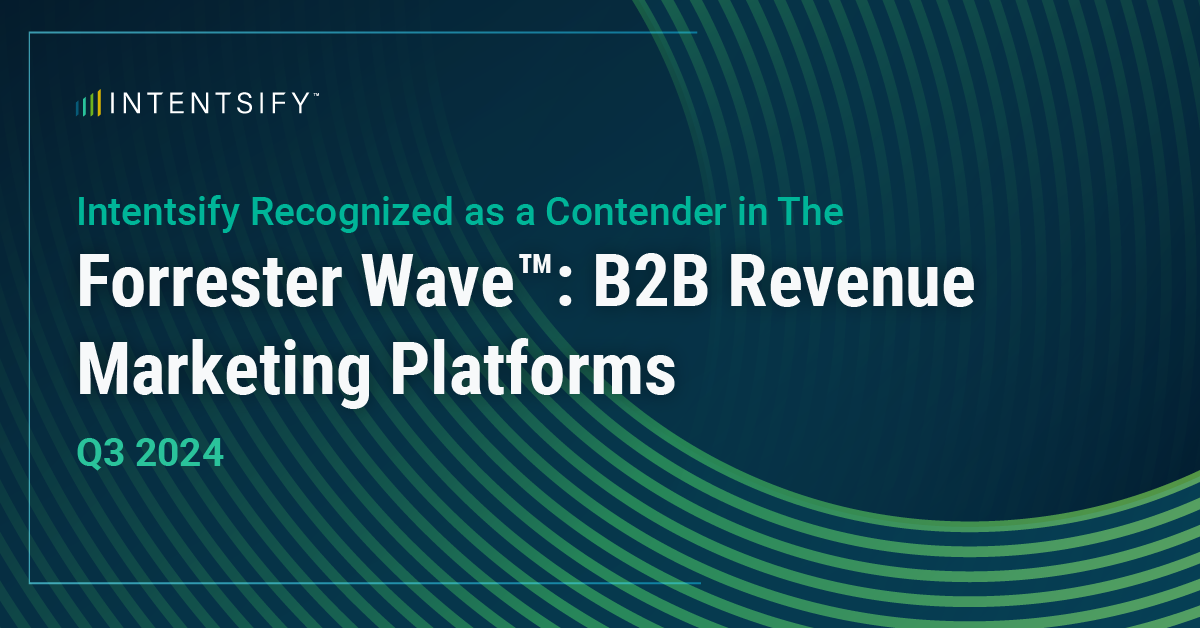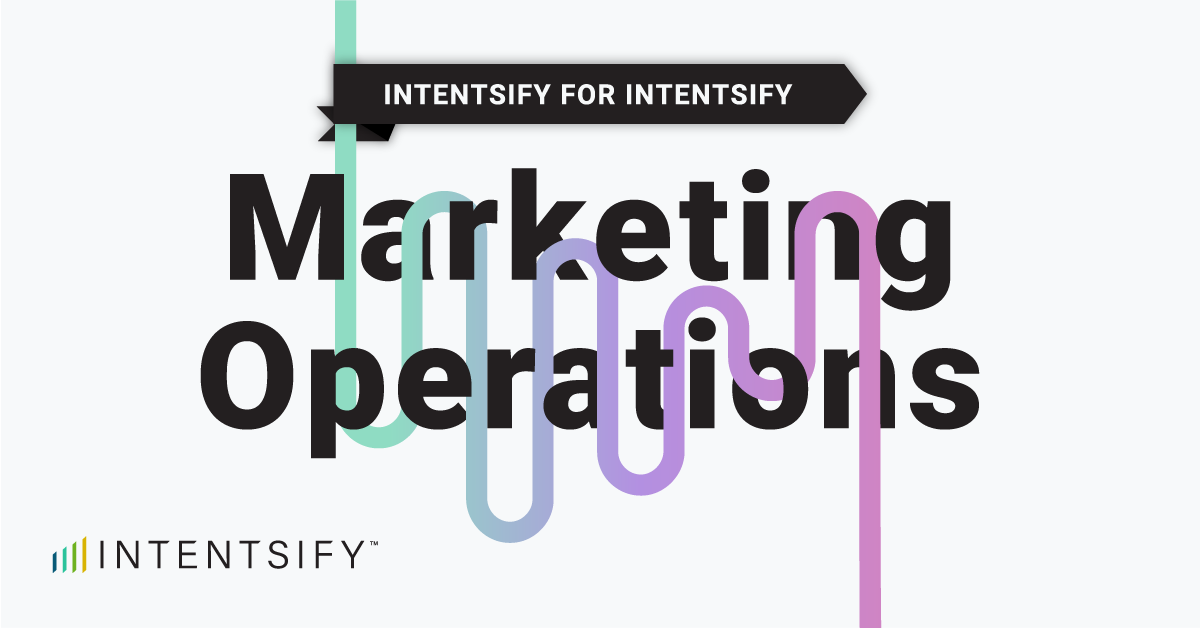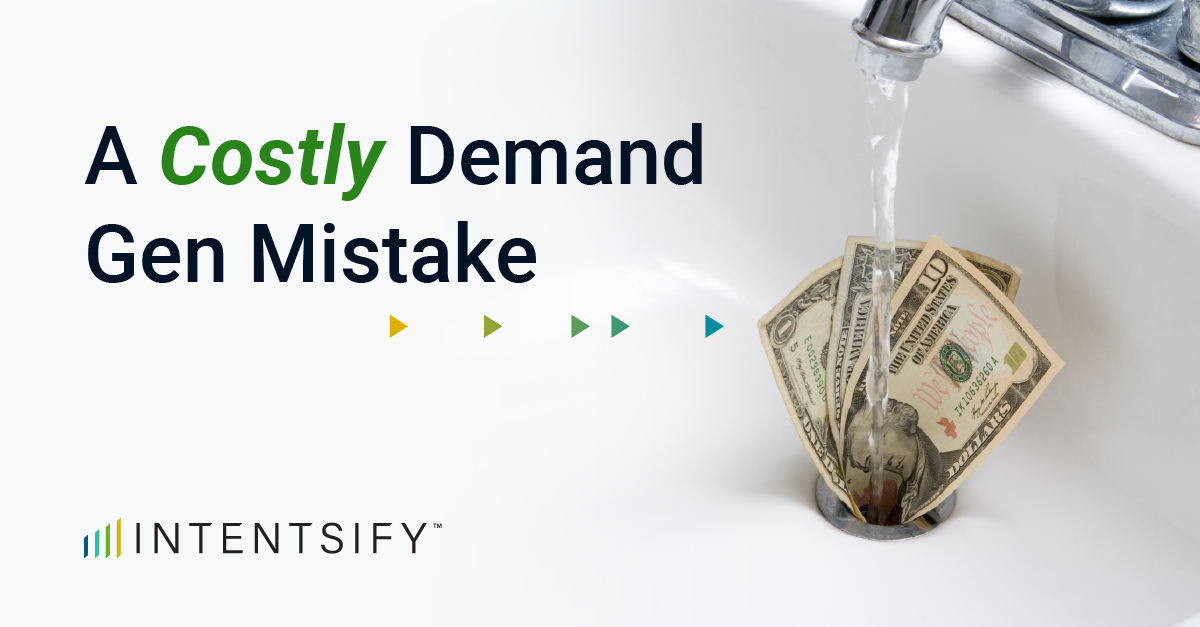Despite the rise of new communication channels, B2B email marketing lists remain an incredibly valuable tool for companies in 2025.
While 89% of B2B marketers use organic social media to distribute content and 84% leverage blogs on corporate websites, only 71% are utilizing email newsletters, according to research from the Content Marketing Institute (CMI).
Some B2B companies may believe email marketing lists are outdated or less effective compared to more modern digital channels, but this is a misconception. Unlike social media, where your reach is often determined by unpredictable algorithms, managing your own B2B email marketing list gives you full control over content distribution. It also allows you to connect with your audience directly.
If you’re looking for tips on how to build an email list and grow it effectively, you’re in the right place. While maintaining a high-quality B2B email list in 2025 can be challenging, it’s certainly achievable.
In this article, we’ll share seven essential tips on how to grow your email list, and carry out effective email list management.
1. Understand your objectives
A clear understanding of your business objectives is crucial for setting goals for email marketing lists and identifying your target audience.
Common business objectives often include increasing sales, boosting brand visibility, engaging existing customers, and promoting new products or services.
To ensure your email marketing efforts align with these goals, define specific KPIs (Key Performance Indicators) and regularly track them.
Some examples of B2B email marketing KPIs to consider include:
- Growing your email list by a targeted percentage over the year
- Increasing open rates for your campaigns
- Driving more registrations for other products or services your company offers
- Maximizing your ROI from email marketing efforts
By measuring these KPIs, you can gauge the effectiveness of your campaigns and stay on track.
2. Offer something valuable upfront
One of the most effective ways to grow your email list for marketing is by offering something of value upfront. After all, who doesn’t love getting something for free?
A great way to get your brand in front of a wide audience is by sharing valuable content on platforms like LinkedIn, where your posts can reach a wide audience.
Throughout your content, include clear calls to action (CTAs) that encourage people to sign up for your email list. According to research published by Linkedin, including a clear call to action like a link can drive twice as much engagement as content without links.
To make the offer even more enticing, provide a bonus in exchange for signing up. Some ideas include:
- A free, in-depth industry report
- A practical and easy-to-use checklist
- Exclusive access to a webinar or live event
By offering valuable resources, you not only attract sign-ups but also establish trust and demonstrate the value of being on your email list for marketing.
3. Get to know your audience
Once you’ve identified your audience, the next step is to understand them on a deeper level. This insight is crucial for identifying their pain points and offering relevant solutions.
82% of B2B marketers who consider their content marketing “extremely successful” or “very successful” attribute their success to a strong understanding of their audience, according to the Content Marketing Institute (CMI),
One effective way to gather feedback is by embedding simple polls or surveys into your emails, or by directly asking your audience for their thoughts at the end of your emails. This provides valuable insights into the effectiveness of your strategy, and also shows potential customers that you value their input and are committed to meeting their needs.
4. Segment your email list and personalize your campaigns
In today’s world of hyper-personalized content, effective email list management is crucial. Segmenting your email marketing lists ensures that each subscriber receives relevant, tailored content that resonates with them.
There are several ways to segment your audience, and each type offers unique opportunities for personalization:
- Behavioral Segmentation: This is based on how subscribers interact with your brand, such as what they purchase, what they click on, or where they prefer to shop. It allows you to target users based on their specific interests and behaviors.
- Demographic Segmentation: This is based on personal characteristics, such as job title, location, seniority level, or department. It helps ensure your messages are relevant to each recipient’s role or position within the company.
- Lifecycle Segmentation: This is based on how long someone has been subscribed to your list. For example, new subscribers may benefit from educational content that introduces your brand, while dormant contacts might be more effectively re-engaged with targeted campaigns designed to rekindle their interest.
By segmenting your list in these ways, you can create more personalized and impactful campaigns that drive higher engagement and better results.
5. Consistently optimize your campaigns
To ensure your email campaigns are always improving, it’s important to continuously monitor their performance. This allows you to identify what’s working. and what isn’t.
Key metrics to track include:
- Open rates
- Click-through rates (CTR)
- Unsubscribe rates
- Conversion rates
A critical aspect of optimization is regular A/B testing. Running at least one A/B test per campaign provides valuable data that can guide improvements in future campaigns.
Some key email elements to test include:
- Subject lines
- Calls to action (CTAs)
- Email send times
- Email format
By consistently testing and analyzing these elements, you can fine-tune your approach and ensure your campaigns are always evolving to achieve better results.
6. Stay updated with industry trends
While email marketing may be seen as a traditional B2B method, it’s constantly evolving to meet new challenges and opportunities.
To stay ahead of the curve, there are several ways you can keep up with the latest trends:
- Reading B2B marketing newsletters to stay informed about new strategies and best practices
- Participating in webinars and virtual events that showcase the latest technologies and strategies.
- Attending B2B marketing conferences to network and learn from industry experts.
- Experimenting with new features released by your email marketing platform to explore new approaches.
By combining insights from these sources, you can continuously refine your strategy and gradually achieve better results over time.
7. Prioritize engagement over numbers
It’s exciting to watch your email subscriber list grow, but focusing solely on numbers can harm the quality of your interactions and ultimately reduce engagement.
Engaged leads who consistently open your emails, click on links, and download your content, are much more likely to convert into paying customers. On the other hand, unengaged subscribers can skew your metrics, making it difficult to identify your true audience and understand what they really want.
In the worst-case scenario, sending emails to a large group of unengaged subscribers can signal to email platforms that your content is irrelevant. This could trigger spam filters, severely damaging both your deliverability and your sender reputation.
With this in mind, it’s essential to practice regular B2B email marketing list management. This means frequently organizing, cleaning, segmenting, and optimizing your list to ensure your messages reach the right people at the right time.
Focusing on engagement, rather than sheer list size, ensures you build a more responsive and valuable audience.
Maintaining engaged email marketing lists in 2025
Beyond following the tips we listed above, one thing remains unchanged: the key to keeping your subscribers engaged is to make sure you’re writing engaging newsletters.
Finally, don’t take unsubscribes personally. People unsubscribe for lots of reasons, many of which have nothing to do with your content.
Instead, view it as an opportunity to focus on the subscribers who truly want to hear from you. In the long run, this will help you to build a more engaged and responsive audience.






